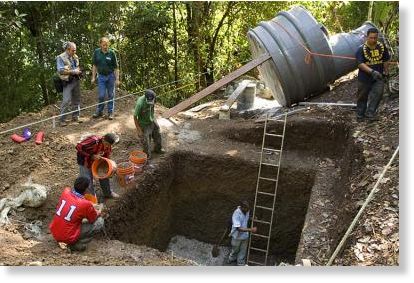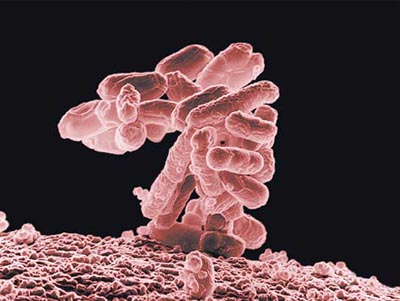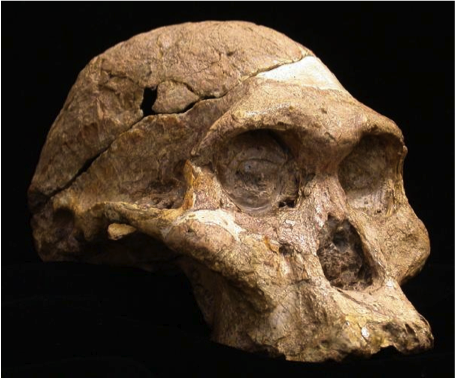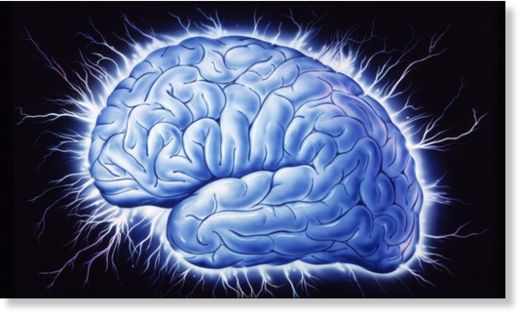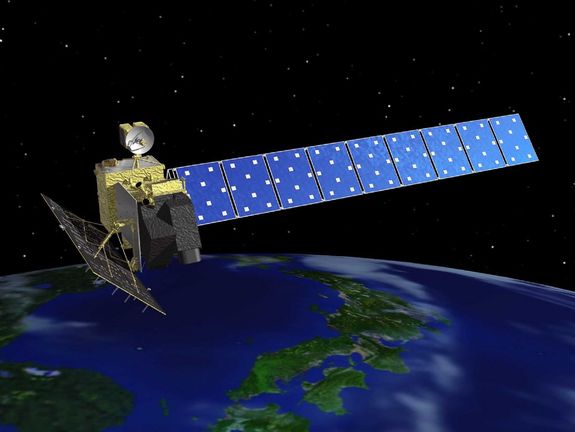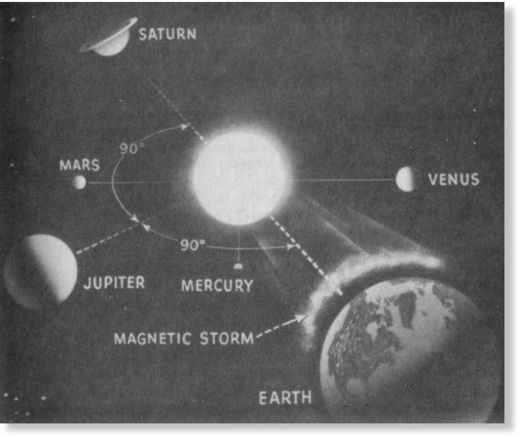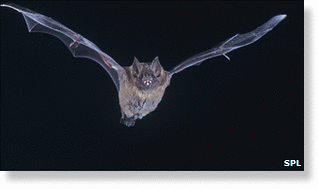
© The Daily Galaxy
Like many physicists, Michio Kaku thinks our universe will end in a "big freeze." However, unlike many physicists, he thinks we might be able to avoid this fate by slipping into a parallel universe.
One of the most fascinating discoveries of our new century may be imminent if the Large Hadron Collider outside Geneva produces nano-blackholes when it goes live again. According to the best current physics, such nano blackholes could not be produced with the energy levels the LHC can generate, but could only come into being if a parallel universe were providing extra gravitational input. Versions of multiverse theory suggest that there is at least one other universe very close to our own, perhaps only a millimeter away. This makes it possible that some of the effects, especially gravity, "leak through," which could be responsible for the production of dark energy and dark matter that make up 96% of the universe.
"The multiverse is no longer a model, it is a consequence of our models," says Aurelien Barrau, particle physicist at CERN
While it hasn't been proven yet, many highly respected and credible scientists are now saying there's reason to believe that parallel dimensions could very well be more than figments of our imaginations.
"The idea of multiple universes is more than a fantastic invention - it appears naturally within several scientific theories, and deserves to be taken seriously," stated Aurelien Barrau, a French particle physicist at the European Organization for Nuclear Research (CERN).
